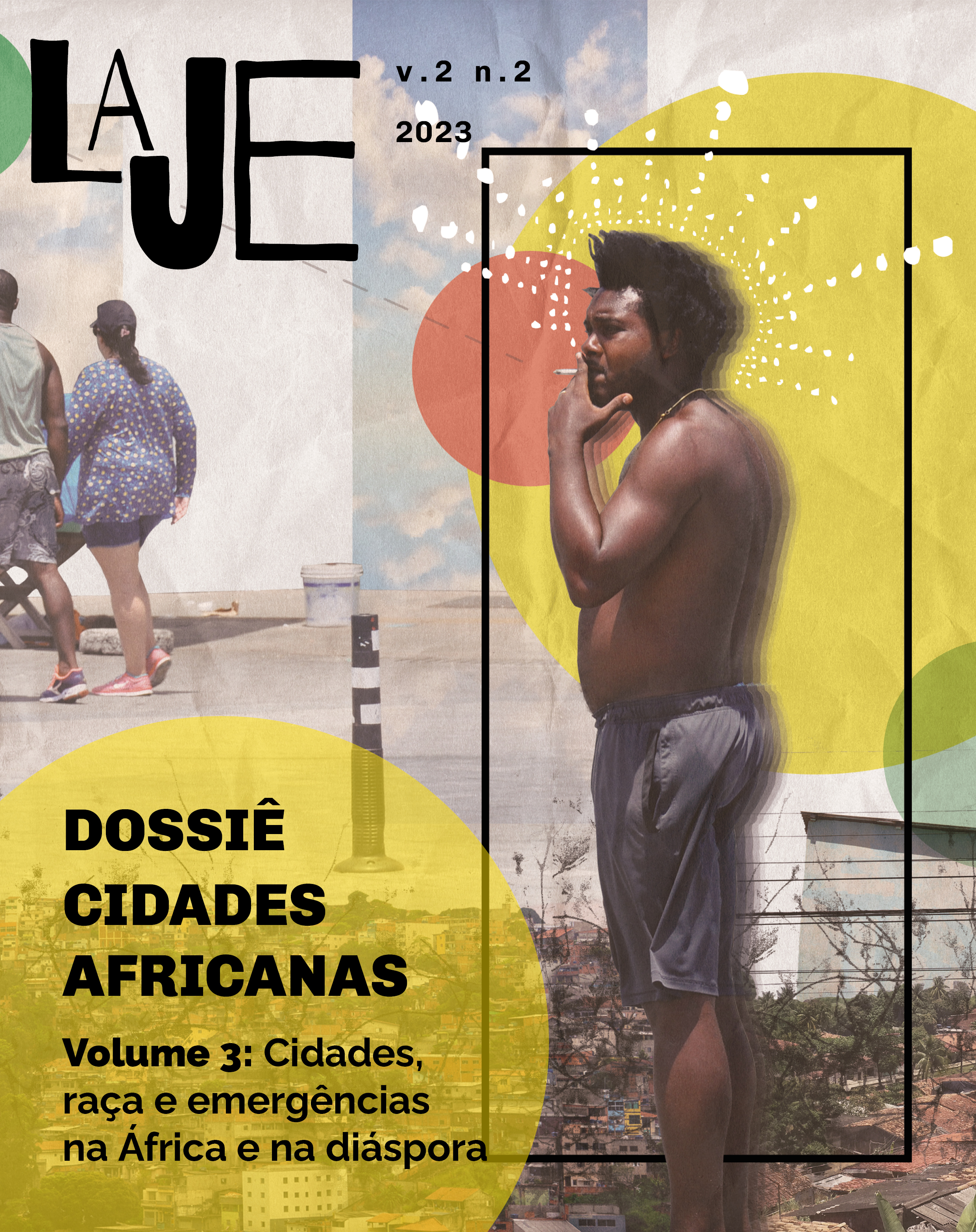A nova imagem das cidades africanas
segregação nos planos urbanísticos e na arquitetura de cidades subsaarianas
DOI:
https://doi.org/10.9771/lj.v2i0.58344Palavras-chave:
Cidades Africanas, Urbanismo, Segregação Socioespacial, Étnico-racial, ÁfricaResumo
O objetivo deste artigo é apresentar uma reflexão a respeito dos fenômenos estruturais que culminaram na elaboração de planos urbanísticos e arquiteturas, com segregação socioespacial e étnico-racial, em cidades da África Subsaariana que despontam atualmente como megacidades, grandes cidades e cidades globais. Para isso, de início, apresentam-se questões de histórico colonial, pós-colonialismo, pan-africanismo e filosofia africana que permeiam as discussões contemporâneas de urbanização e arquitetura africanas. Em seguida, são abordadas essas mesmas questões estruturais em discursos presentes em sete países africanos (Nigéria, República Democrática do Congo, Tanzânia, Quênia, Maurício, Gana e África do Sul), que ajudam a explicar aspectos étnicos, raciais, sociais e espaciais perpetuados no espaço urbano. Tais aspectos contam com exemplos de cidades desses países, onde superpopulação e altos investimentos estrangeiros no mercado imobiliário agravam efeitos segregatórios da população, não têm como meta a diminuição da pobreza, mantêm dependência com antigas metrópoles e criam amarras com novos imperialismos.


